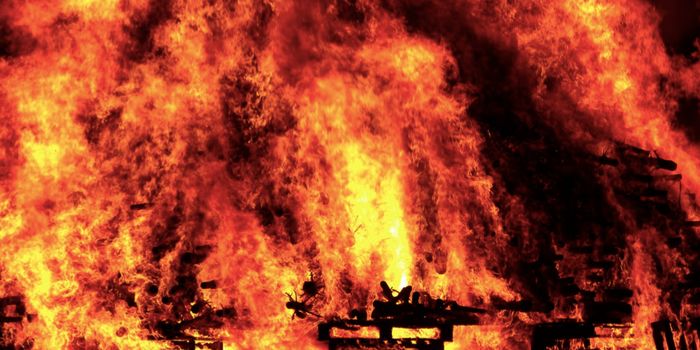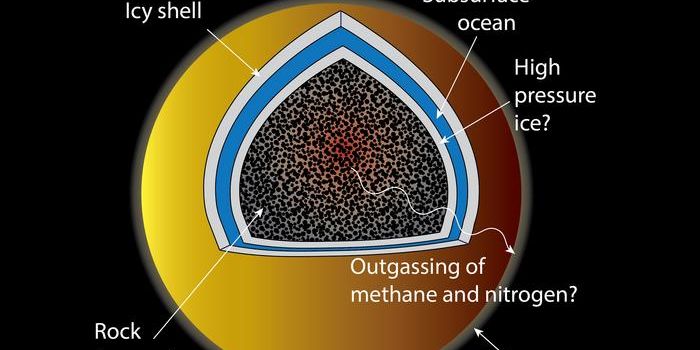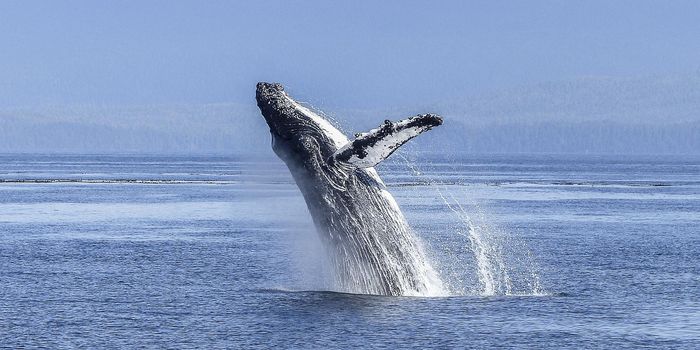How did nickel play a role in the Great Dying?
New research published in the journal Nature Communications aims to explain how volcanic eruptions triggered the end-Permian mass extinction. Previous works have not been able to justify how huge volcanic eruptions killed off 75% of all land species and 90% of marine species 251 million years ago. The study suggests that nickel from the eruptions was transported as aerosol particles into the ocean, disrupting entire ecosystems.
The study, "Nickel isotopes link Siberian Traps aerosol particles to the end-Permian mass extinction," was carried out by associate professor Laura Wasylenki of Northern Arizona University's School of Earth and Sustainability and Department of Chemistry and Biochemistry. Wasylenki collaborated with Chinese, Canadian and Swiss scientists to perform nickel isotope analyses on sedimentary rocks from the Late Permian collected in Arctic Canada.
"The study results provide strong evidence that nickel-rich particles were aerosolized and dispersed widely, both through the atmosphere and into the ocean," Wasylenki said. "Nickel is an essential trace metal for many organisms, but an increase in nickel abundance would have driven an unusual surge in productivity of methanogens, microorganisms that produce methane gas. Increased methane would have been tremendously harmful to all oxygen-dependent life."
"Our data provide a direct link between global dispersion of Ni-rich aerosols, ocean chemistry changes and the mass extinction event," Wasylenki adds. "The data also demonstrate that environmental degradation likely began well before the extinction event -- perhaps starting as early as 300,000 years before then. Prior to this study, the connection between Siberian Traps flood basalt volcanism, marine anoxia and mass extinction was rather vague, but now we have evidence of a specific kill mechanism. This finding demonstrates the power of nickel isotope analyses, which are relatively new, to solve long-standing problems in the geosciences."
Wasylenki’s lab, Systematic Experimental Study and Analysis of Metals in the Environment (SESAME Lab), investigates the cycling of transition metals in modern and ancient oceans and the environmental transport of toxic heavy metals. She says these findings help create a more clear picture of ancient and modern geochemical cycles and environmental metal transport.
Sources: Nature Communications, Science Daily








